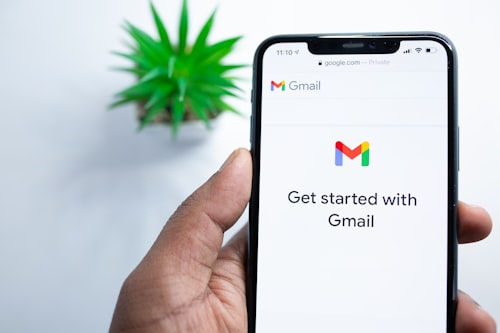In the age of digital communication, email has become a vital tool for personal and professional correspondence. However, the prevalence of phishing attacks and spam emails has raised concerns about the authenticity of incoming messages. It is essential to be able to determine whether an email is real or fake to protect your personal information, financial security, and online privacy. In this comprehensive guide, we will explore various methods and techniques to help you check if an email is real, empowering you to make informed decisions and stay safe in the digital landscape.
Why is Checking the Authenticity of Emails Important?
Checking the authenticity of emails is crucial for several reasons:
Phishing Attacks: Phishing emails are designed to trick recipients into revealing sensitive information, such as passwords, credit card details, or social security numbers. By verifying the authenticity of an email, you can avoid falling victim to phishing scams.
Malware and Viruses: Fake emails may contain malicious attachments or links that, when clicked, can install malware or viruses on your computer or device. Validating the legitimacy of an email helps protect your devices and data from potential threats.
Online Privacy: By confirming the legitimacy of an email, you can avoid sharing personal or sensitive information with unauthorized individuals, safeguarding your online privacy.
Financial Security: Fake emails often aim to deceive recipients into making financial transactions or sharing banking details. Verifying the authenticity of emails can prevent financial loss and protect your financial security.
Methods to Check If an Email Is Real
There are several methods and techniques you can use to check if an email is real. Let's explore the most effective ones:
1. Check the Sender's Email Address-One of the initial steps in determining the authenticity of an email is to examine the sender's email address. Pay attention to the domain name and ensure it matches the official domain of the organization or individual it claims to be from. Phishers often use similar-looking or misspelled domains to deceive recipients.
2. Verify the Email Header-Email headers contain valuable information about the email's origin and routing. By accessing the email header, you can analyze the message's path, sender's IP address, and other technical details. Most email clients provide an option to view the full header, allowing you to identify any discrepancies or signs of manipulation.
3. Analyze the Content and Language-Carefully examine the content of the email for any red flags or suspicious elements. Phishing emails often contain spelling and grammatical errors, poor formatting, or unusual language. Legitimate organizations typically maintain a professional tone and ensure their emails are error-free.
4. Hover Over Links Before Clicking-If an email contains links, it's essential to hover your cursor over them to reveal the actual URL. Phishers often use deceptive link text to mask the destination. If the URL doesn't match the expected website or seems suspicious, it is best to avoid clicking on it.
5. Be Wary of Urgency or Threats-Phishing emails often create a sense of urgency or use threats to prompt immediate action. They may claim that your account will be suspended, or you will face legal consequences if you don't respond promptly. Be cautious of such emails and independently verify the information before taking any action.
6. Use Email Validation Services-Email validation services can help you determine the legitimacy of an email address. These services check various factors such as domain reputation, DNS records, and email deliverability to provide an assessment of the email's authenticity. However, it's important to note that these services are not foolproof and should be used in conjunction with other verification methods.
Frequently Asked Questions (FAQs)
Q: Can I rely solely on email validation services to determine if an email is real?
A: While email validation services can be helpful, they are not 100% foolproof. It is recommended to use multiple methods, including checking the sender's email address, analyzing the content, and verifying the email header.
Q: What should I do if I receive a suspicious email?
A: If you receive a suspicious email, do not click on any links or download any attachments. Report the email as spam or phishing to your email provider and delete it from your inbox.
Q: Are there any tools or software that can automatically detect fake emails?
A: There are various email security tools and software available that can help detect and filter out fake emails. These tools use advanced algorithms and machine learning techniques to analyze email characteristics and identify potential phishing attempts.
Conclusion
Verifying the authenticity of emails is an essential skill in today's digital landscape. By applying the methods and techniques outlined in this comprehensive guide, you can determine whether an email is real or fake, protecting yourself from phishing attacks, malware, and online threats. Stay vigilant, trust your instincts, and leverage the power of multiple verification methods to ensure the security of your personal information and maintain a safe online environment.



